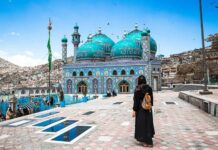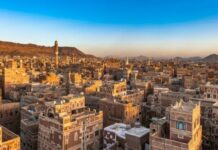At the sound of the word Athens, the first image that jumps into a person’s mind is likely to be the Acropolis and the Parthenon. Athens in the 5th century BC may be the most representative example of a city that was and is a reference point down through the centuries. That is not to say that other historical periods were inferior to the Classical era, it’s just that in the global consciousness the achievements of that time brought glory to Athens and proclaimed it to be a truly eternal city.
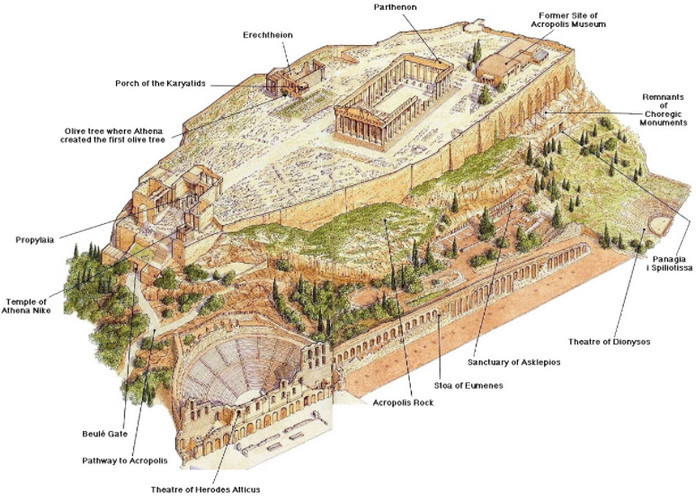
From the most ancient of times, Athens taught its citizens freedom, respect for human rights, and belief in democratic principles. At times when a major part of the human community existed under the veil of intolerance and slavery, in Athens, the Popular Assembly held its meetings and the Athenians enjoyed the advantages of full democracy. All the forms rose to the perfection of expression and Ictinus, Callicrates and Mnesicles adorned the city with the most exquisite ornaments: the Parthenon, the Propylaea, and other buildings on the rock of the Acropolis.
The Acropolis. “the eternal citadel”, rises from the center of the Athens basin, 1569 meters above sea level. The craggy hill on which it was built is 300m long and 150m wide. Its excellent geographical position, which afforded a view of the surrounding area, made it inhabitable from prehistoric times.
The Pelasgians were the first to fortify the hill with walls 6m thick, built to protect the king’s palace and the houses of its officers. In the same period, an underground tank was constructed on the northwest side of the Acropolis to supply the city with water in the event of a siege. Although building activity was intense during this period, very little has survived. Following the decline of the Mycenaean civilization, the Acropolis continued to be inhabited until the 7th century, when the monarchy was abolished.
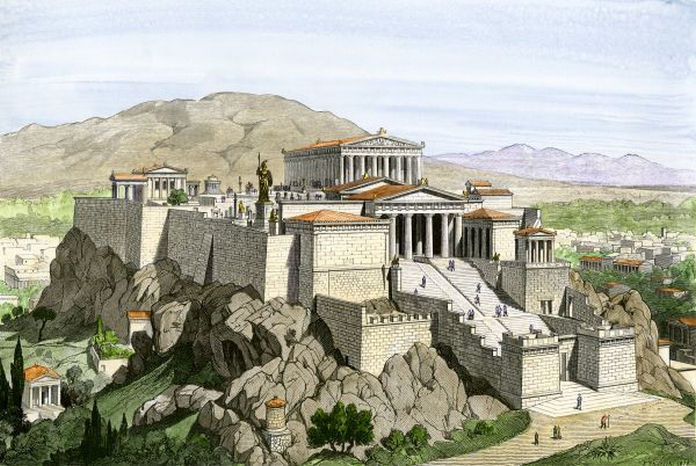 Many scholars believe that the name acropolis arose during the period when the city moved upward, in contrast with the former lower city.
Many scholars believe that the name acropolis arose during the period when the city moved upward, in contrast with the former lower city.
After the 7th century, the Acropolis was gradually transformed into what was essentially a place for worship of the gods. The process was completed in the Archaic period when the Acropolis became the synonym for the worship of the goddess Athena. This course had been set earlier when the first temple in honor of the goddess was established on the site of a former Mycenean palace. On the same site, another temple was built under Peisistratus in 566 BC.
The building now standing on the rock of Acropolis date from 447-406 BC. The group of artists responsible for carrying out the works included the architects Ictinus, Mnesicles, and Callicrates and the sculptor Phidias. All those monuments on the Acropolis, unique examples of the utmost visual perfection and technique, symbolize the value of classicism in ages that aspire to abolish it.
At the central point on the Acropolis stands the Parthenon, a symbol of the classical spirit and the highest achievement of ancient Greek architecture. It was constructed during the Golden age of Pericles on a site previously occupied by as many as four successive temples. In 495 BC the Athenians began work on a hexastyle Doric temple known as the Pre- Parthenon, which was destroyed by the Persians in 480 BC.
The Parthenon we see today stands on the foundations and incorporates some of the material of the Pre- Parthenon. The new Parthenon was begun in 447 BC and its completion was celebrated in 438 BC. Ictinus and Callicrates were its architects and the sculptor Phidias supervised all the construction work.
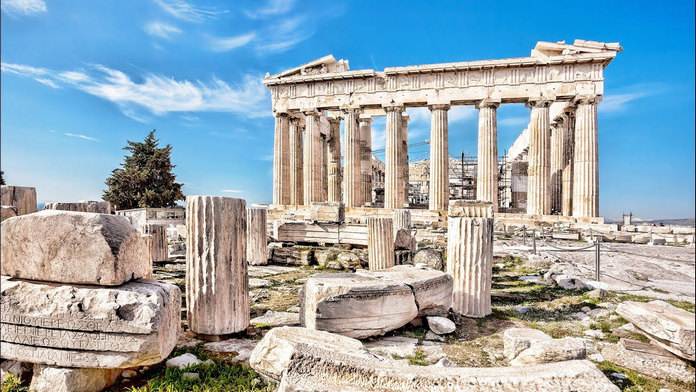
The Parthenon is a Doric peripteral octastyle temple with 17 columns on the long sides. It measures 3086x 69.51m overall at the level of the stylobate.
The entire temple was built of Pantelic marble, except for the wooden roof and the foundations of porous stone.
The subtle curvature of the vertical and horizontal lines was used to perfections in the Parthenon and a range of what at that time were ambitious innovations enhanced the building’s appearance. The sculpted frieze is of special interest: first, because it represents the first time an Ionic element was introduced in what was otherwise a Doric temple, and second because it departed from mythological themes for the first time to depict an actual event, the Panathenaic procession. Visitors can admire part of this frieze but most of it is in the British Museum.
A Gigantomachia, an Amazonomachia, the battle between the Centaurs and Lapiths, and scenes from the Trojan war are some of the themes represented in the temple’s 92 metopes. On the pediments, Phidias depicted two myths related to the goddess Athena. Only fragments have survived’ they can be viewed in the Acropolis Museum and the British Museum.
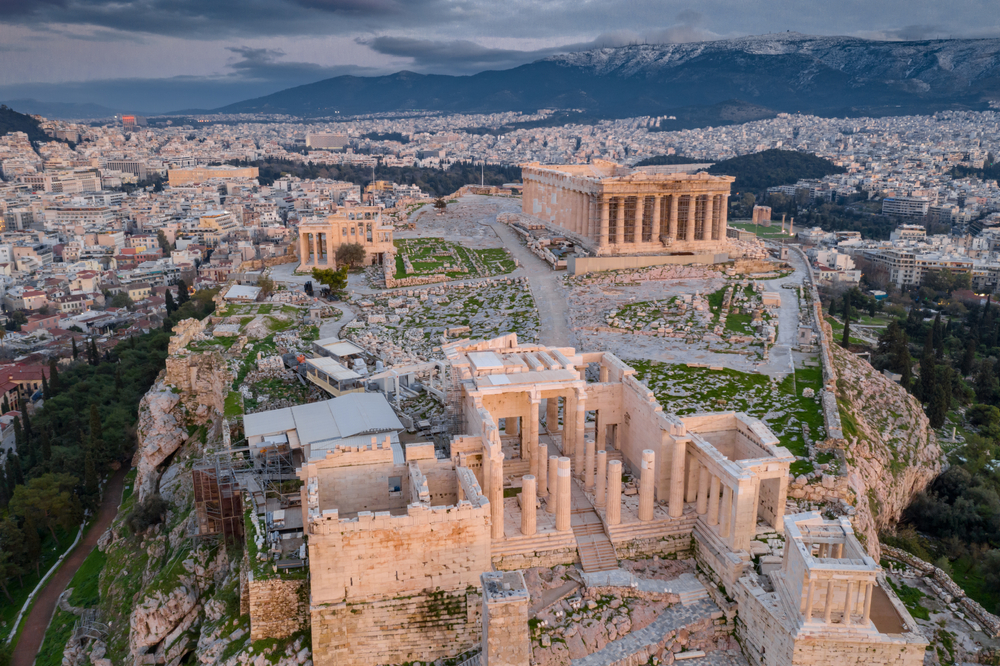
A short distance from the Parthenon stood the temple of Rome and Augustus, of which nothing remains today. Northeast of the Parthenon lie the remains of the sanctuary of Zeus. North of the Parthenon and postdating it is the second-largest temple on Acropolis, the Erechtheion. Built entirely of Pantelic marble, its architectural form was designed to preserve certain sacred tokens and at the same time to accommodate a variety of uncommon cults.
On the south side of the Erechtheion is the striking porch of the caryatids, which was built over the tomb of Cecrops. It includes six statues of maidens which have now been replaced by plaster copies. Five of the originals have been moved to the Acropolis museum but one is in the British Museum. Standing on one high continuous base, the figures elegantly support the marble roof.
With regard to the cult chambers of the Erechtheion, it is widely believed that the eastern cella was dedicated to the goddess Athena and the western cells contained the altars of Erechtheus, Hephaestus, and the hero Boutes.
Most of the sculptures have been lost. The frieze was of slabs of dark-colored Eleusinian stone to which figures of Pantelic marble cut in relief were attached. The themes of the frieze included scenes from the local myths. The temple’s pediments portray the birth of Athena from the head of Zeus and the dispute between Poseidon and Athena for possession of Attica. West of the Erechtheion stood the Pandroseion. Built before the Erechtheion, it was dedicated to Pandrosos, one of the daughters of Cecrops, the mythical founder of Athens.



